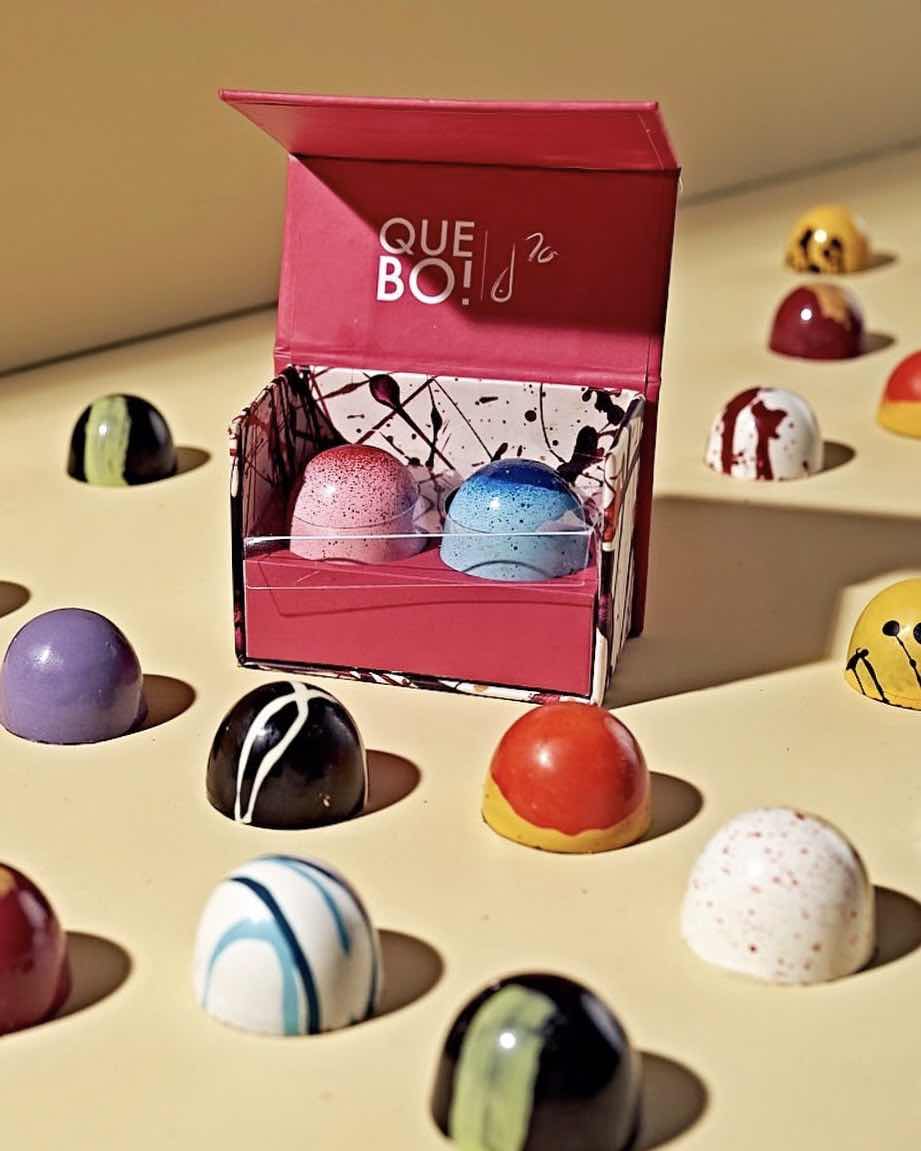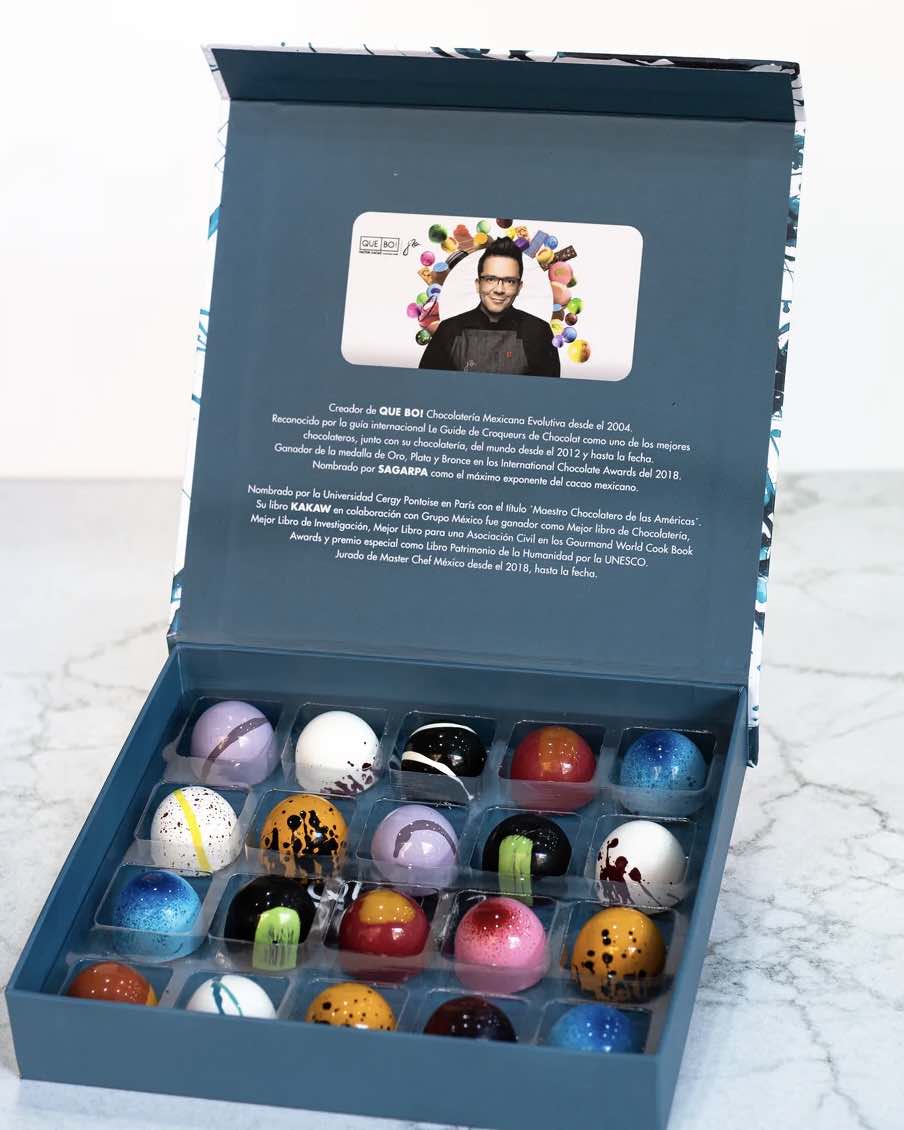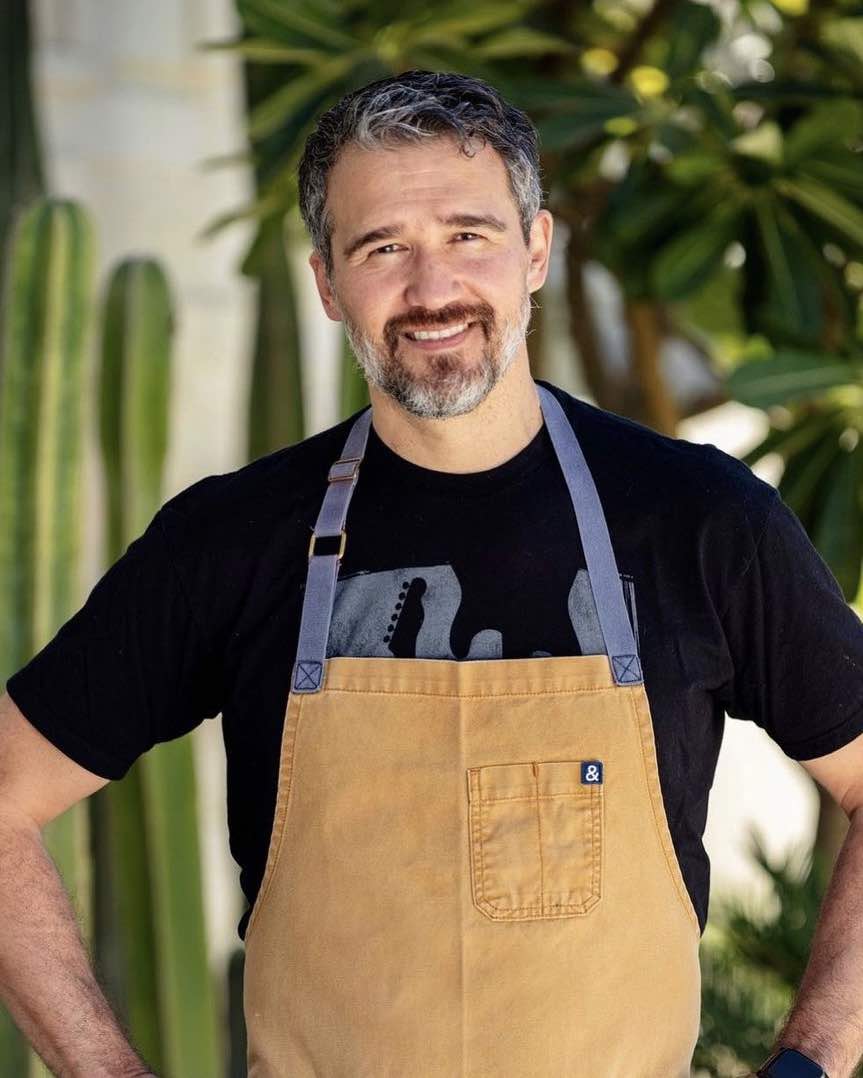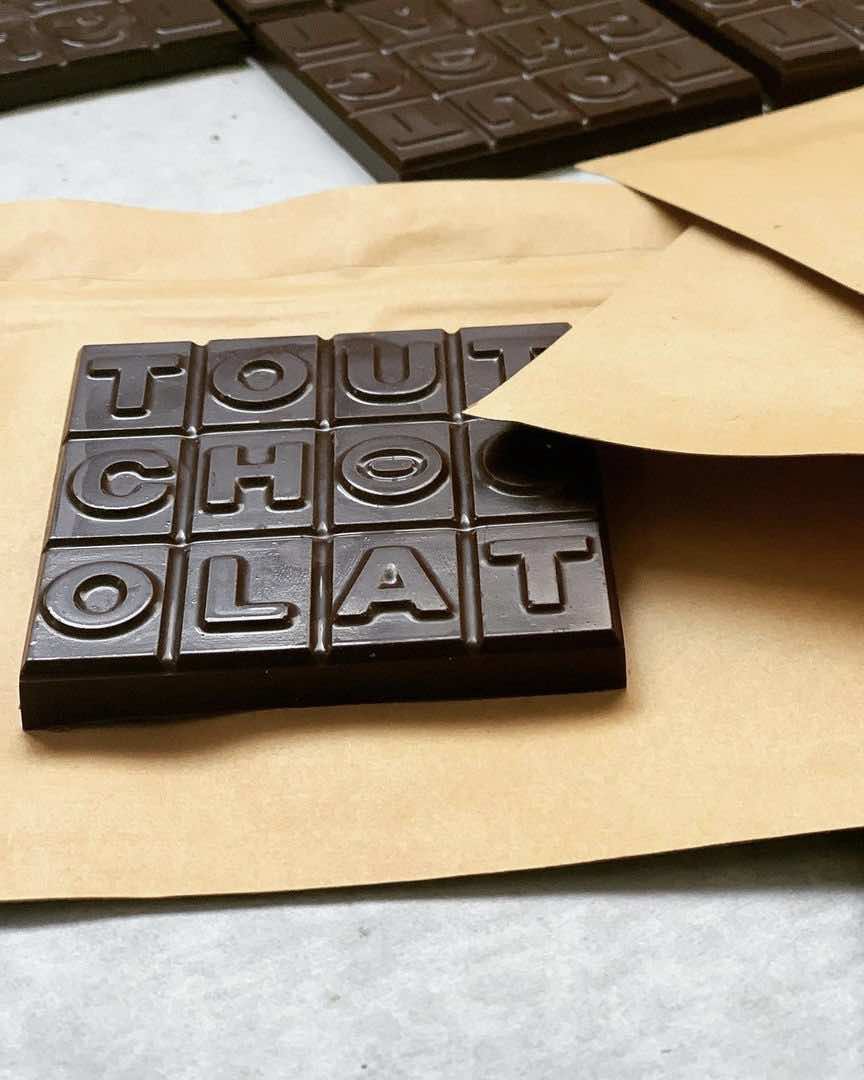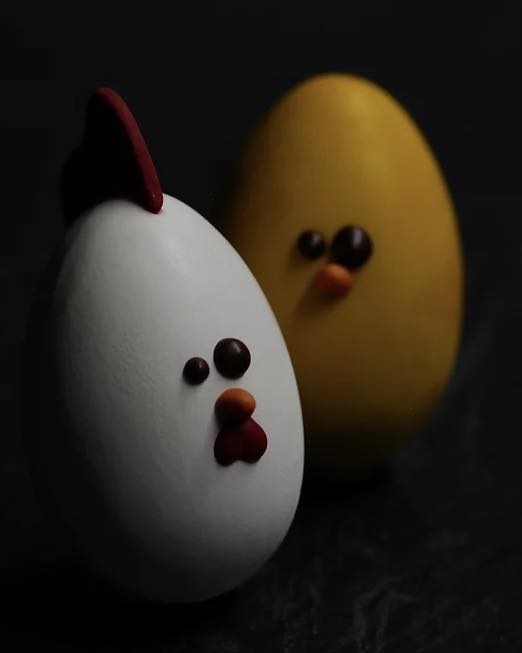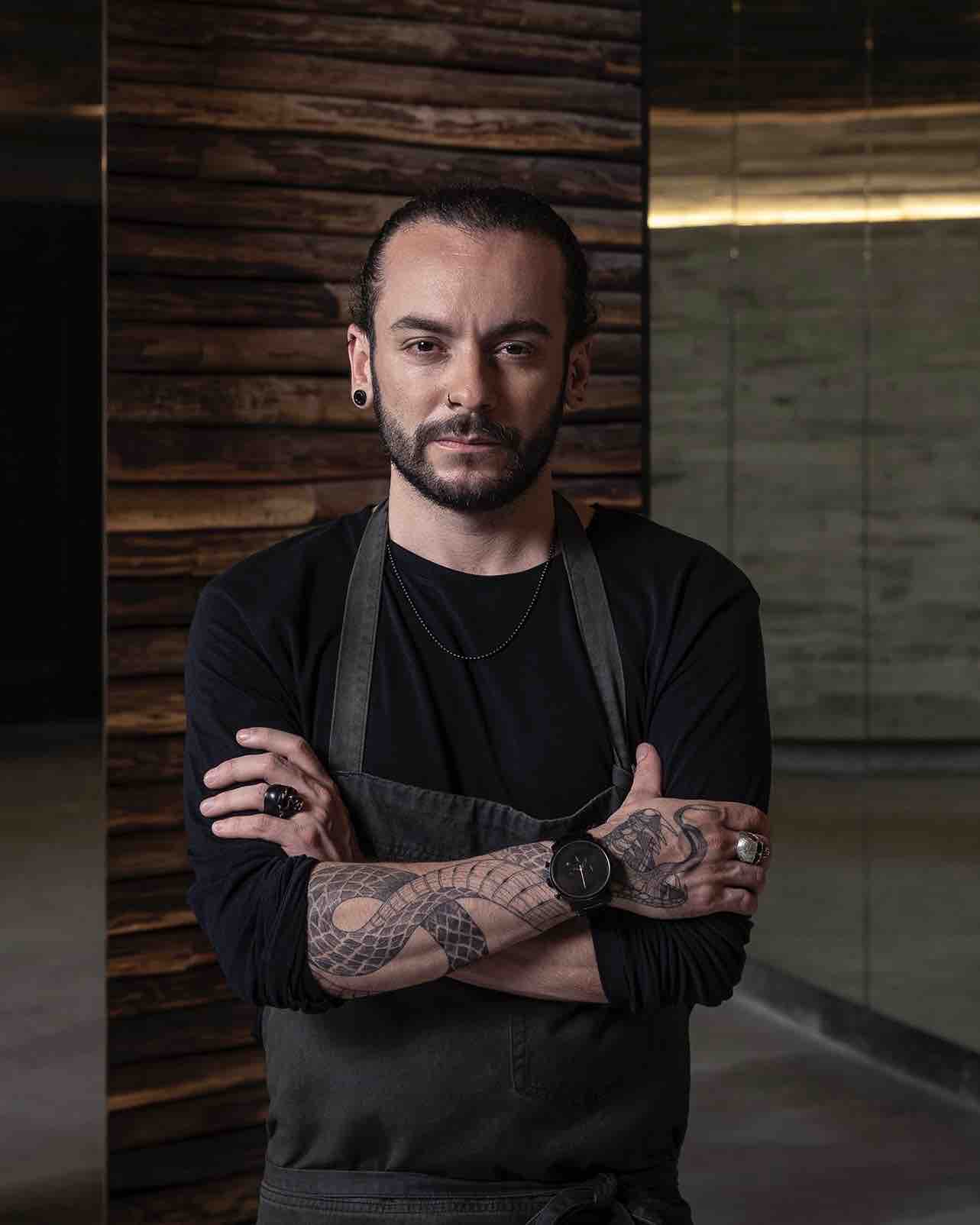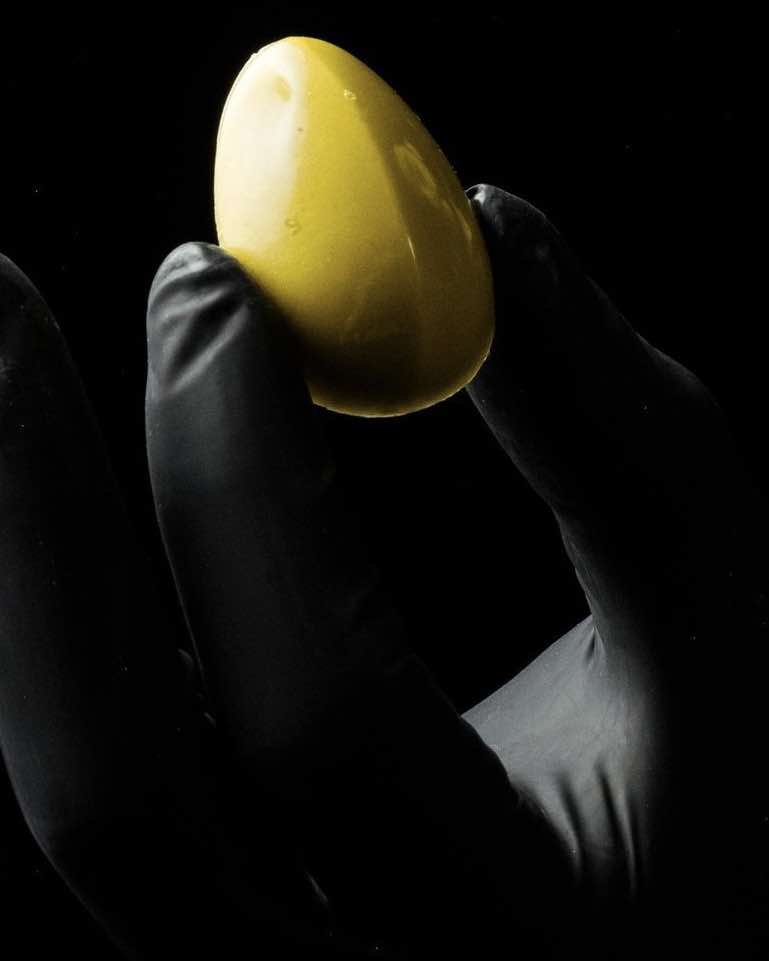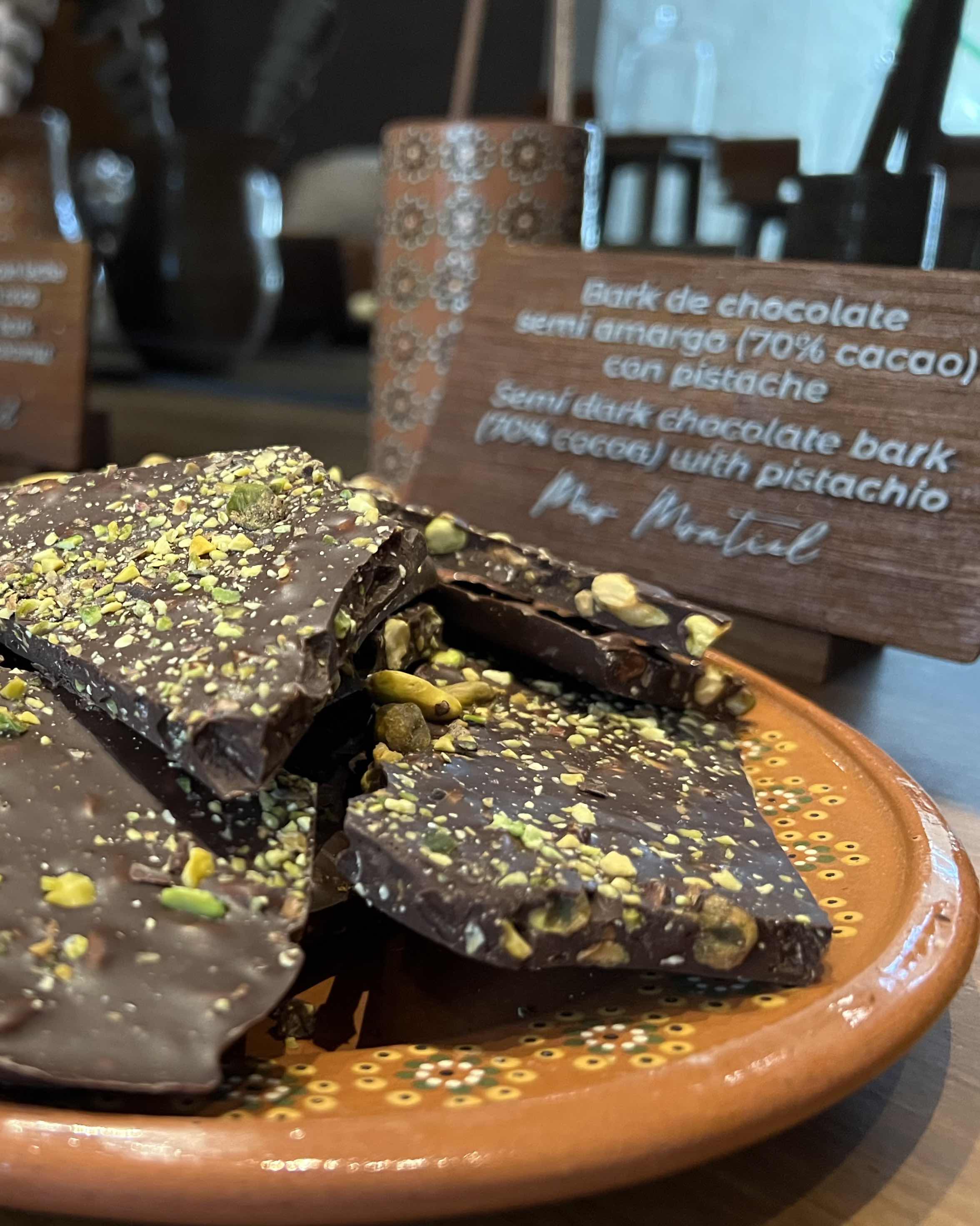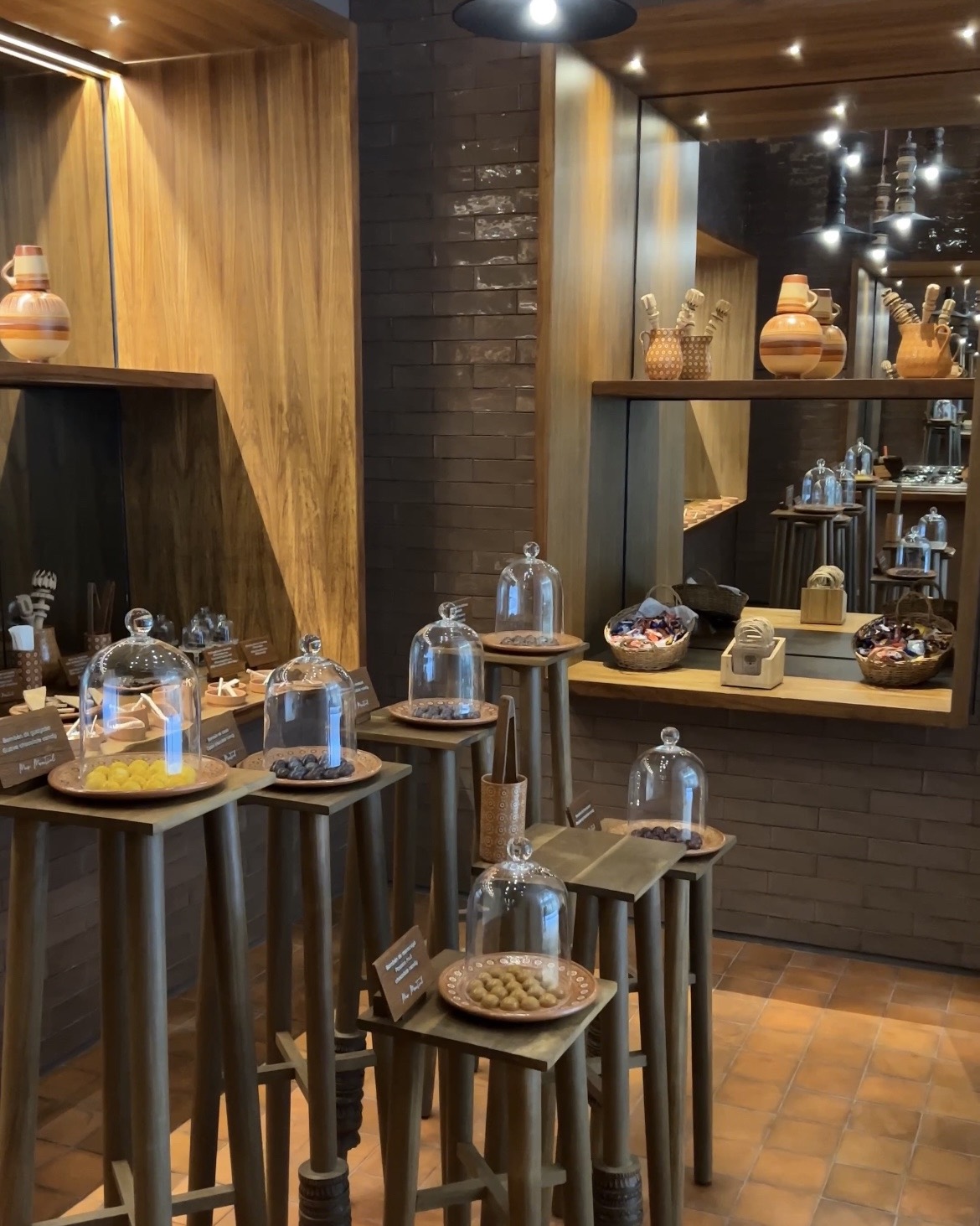Discover Mexico’s leading master chocolatiers
November 20, 2023
Craft Mexican Chocolate
Chocolate is one of the most valuable culinary pleasures worldwide used in cakes, ice creams, truffles, bars, massages, facial masks and many more applications.
We have known about this product since we were young. It is unusual to find someone who has never tasted chocolate. While some people love it, others don't even like it, but the truth is that many people consume this product to bring joy and happiness in special moments.
If you're a chocolate lover, delve deeper into its artisanal process, and get to know the Mexican chefs who pay tribute to this product through their creations.
The history of Chocolate
Long ago, in Mesoamerica's jungles, people found this fruit. They prized its seeds as food, money, and gifts for their gods.
The term 'cacao' originates from indigenous languages: "cacau" where "cac" means red, the color of its fruit, and "cau" means strength and fire.
Mesoamerican people traded this fruit and concocted a drink called 'xocolatl' by mixing ground cacao, water, and honey. This drink was reserved only for the emperors and warriors of these civilizations.
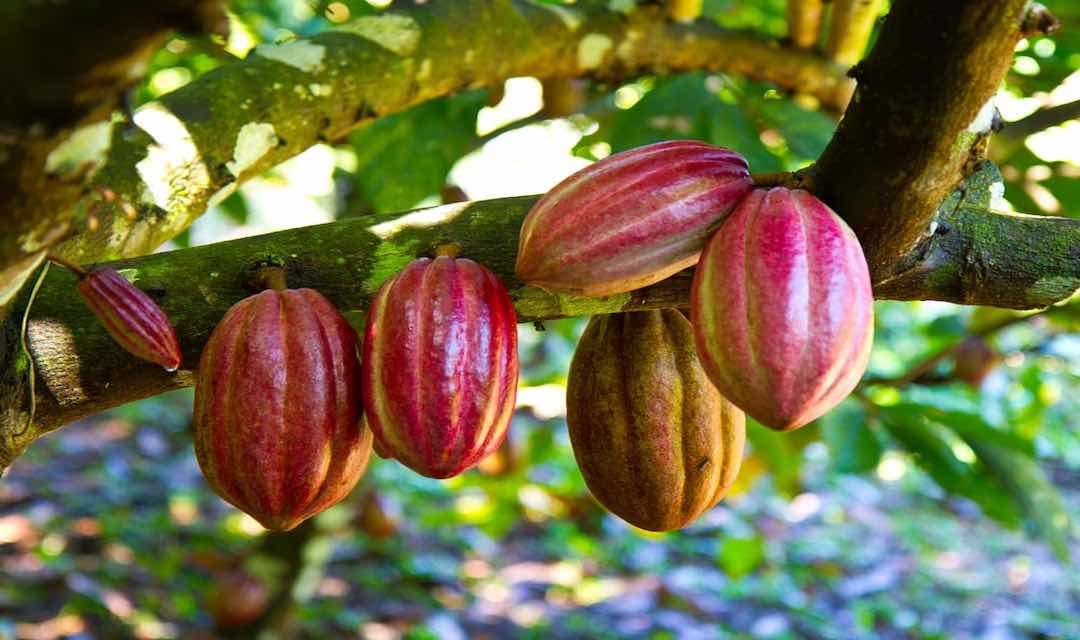
With the arrival of the Spanish people to the American continent in 1502, Christopher Columbus encountered cacao beans. However, at that time, the product held little significance in Europe. In 1519, Hernán Cortés arrived at these lands and met the civilizations who believed he was the returning god, Quetzalcoatl. They offered him their favorite drink, xocolatl.
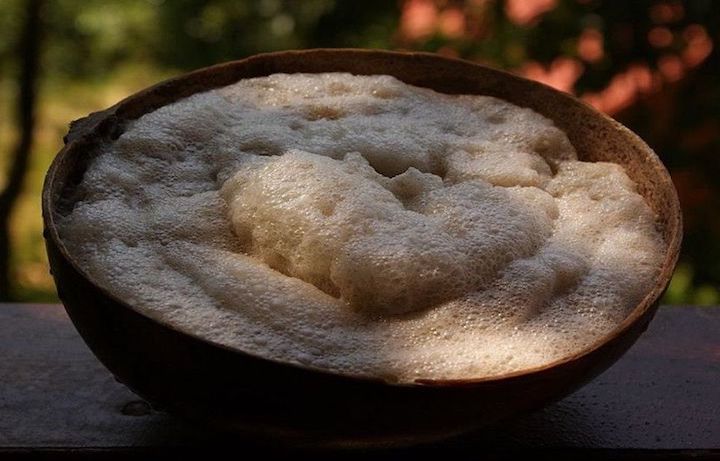
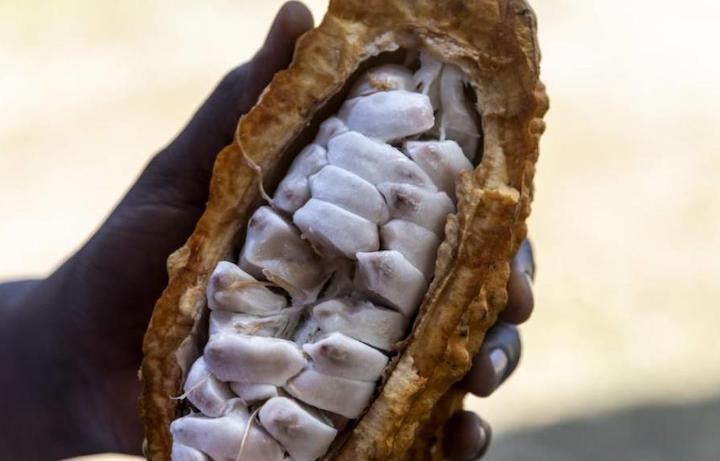
In 1528, Cortés brought cacao, recipes, and tools to Spain. He gave them to King Carlos V. Later, Europeans replaced honey with sugar and added cinnamon and vanilla for taste.
During that era, chocolate was reserved for the aristocratic classes, although over time, people began to grind large quantities of cacao in mills, making it more accessible.
The evolution of chocolate worldwide.
In addition to these historical events, several milestones shaped the evolution of chocolate:
-In 1777, the first mechanical production of chocolate emerged in Barcelona, Spain, marking the beginning of the "industrial revolution" for this product.
-In 1828, Dutchman Conrad Van Houter invented the press that separated the oily part (cocoa butter) from the cocoa mass (cocoa powder).
-In 1840, the Swiss Rudolf Lindt mixed cocoa butter with cocoa mass, producing sweeter chocolate.
-In 1875, the Swiss Daniel Peter discovered the process of condensing milk, which Henry Nestlé later applied to chocolate in 1905, giving birth to milk chocolate.
-In 1894, the Hershey Company commercialized the first reasonably priced chocolate bar.
-In 1912, the first filled chocolate or praline was created by Belgian manufacturer Neuhaus.
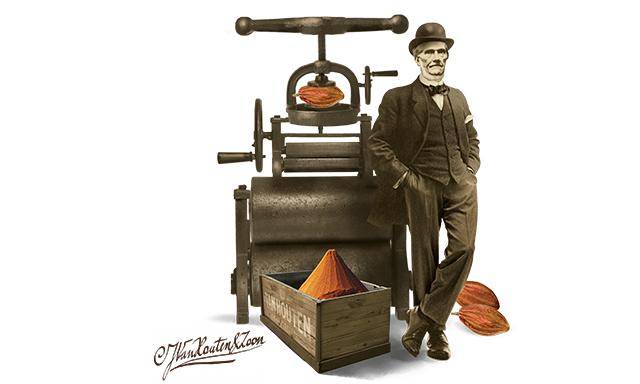
Cacao in Mexico
Theobroma Cacao is the scientific name for the cacao tree. Theobroma means "food of the gods" in Greek, a synonymous word with cacao.
This tree thrives in subtropical regions, relying on humidity and warmth. In Mexico, its cultivation is primarily carried out in
- Tabasco
- Oaxaca
- Chiapas
- Veracruz
- Guerrero
Despite discovering this product in Mexican lands, our country ranks thirteenth worldwide as a cacao producer.
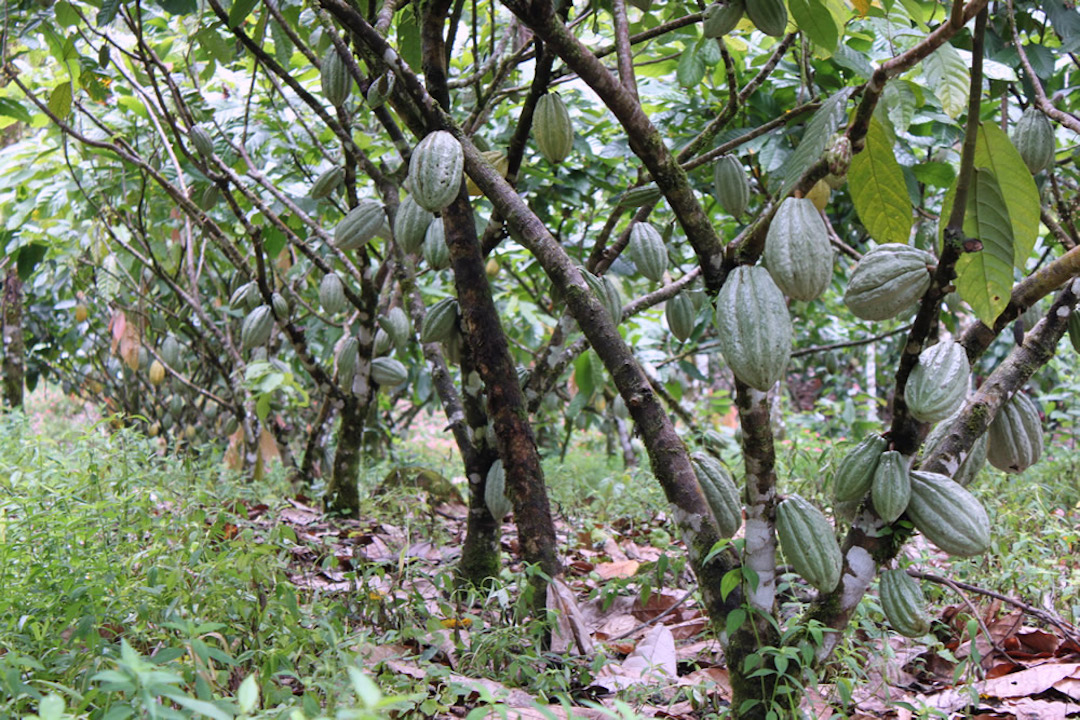
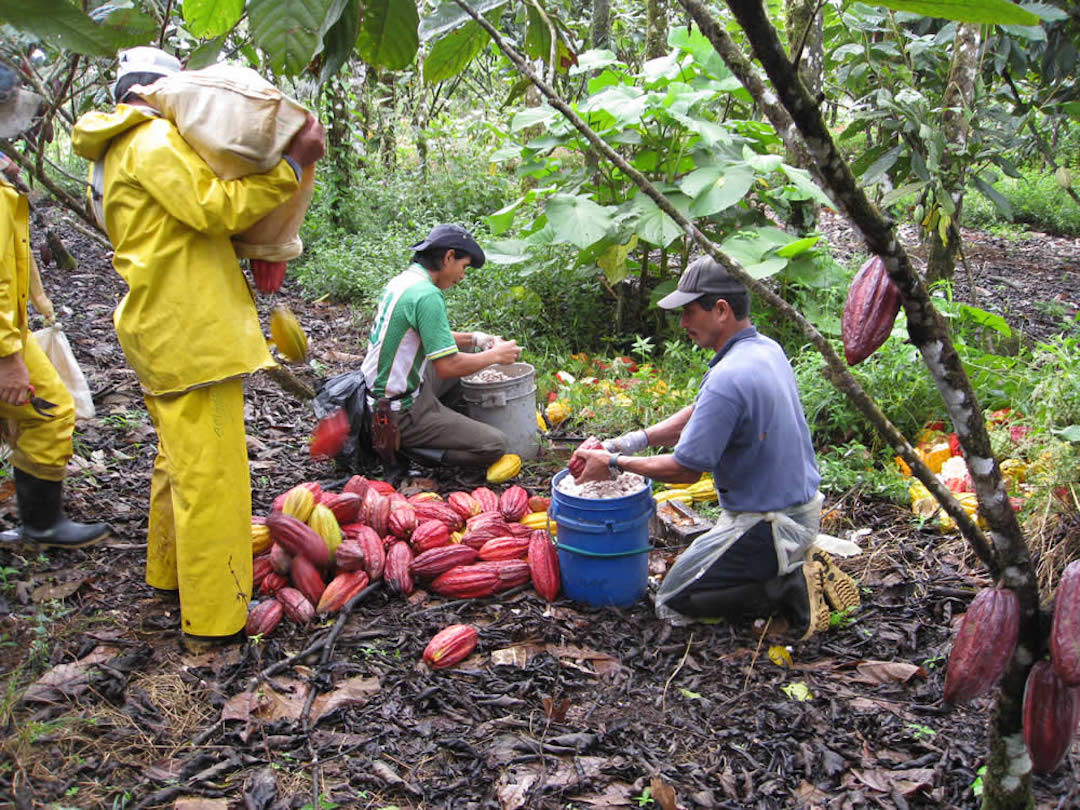
From Cacao to Chocolate
The artisanal process holds great value; despite not being able to guarantee the same quality standards as the industrial process, many communities continue making chocolate this way.
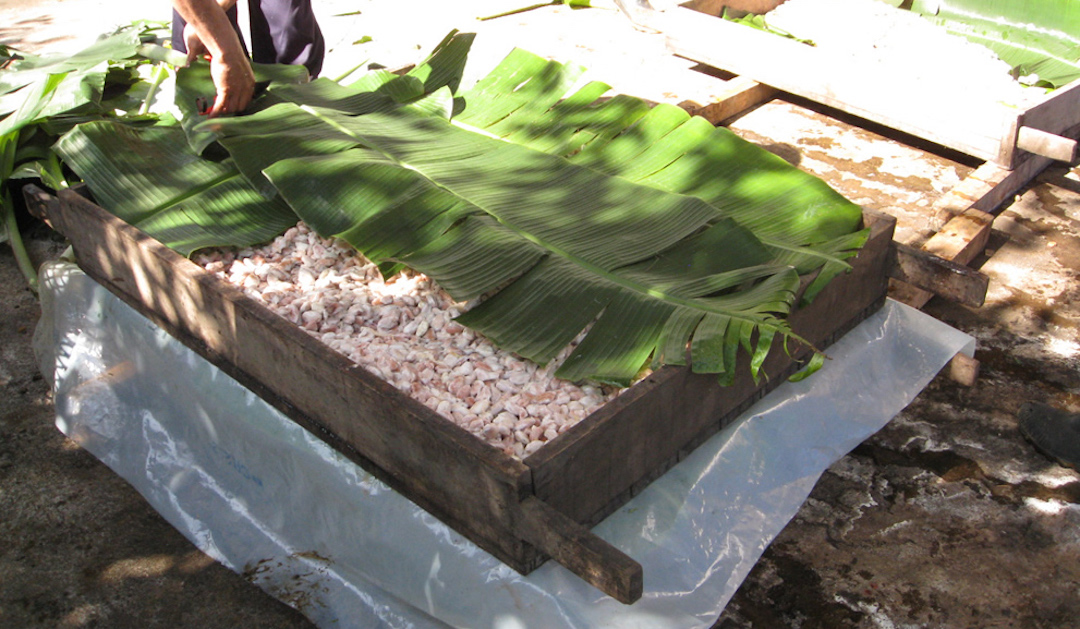
Fermentation:
Cacao beans are gathered in wooden boxes and covered with banana leaves. They must remain untouched for the first 36 hours (about 1 and a half days), during which anaerobic fermentation occurs.
Afterward, cacao must be turned around every 24 hours for six days to allow the release of CO2. This is a crucial stage, as the flavor and aroma of the chocolate will depend on the alcoholic fermentation of the pulp.
*In many regions of Mexico, cacao is not subjected to the fermentation process. Instead, it is washed with water to remove the pulp and left to dry. Its primary use is in the production of chocolate tablets or what is commonly referred to as table chocolate.
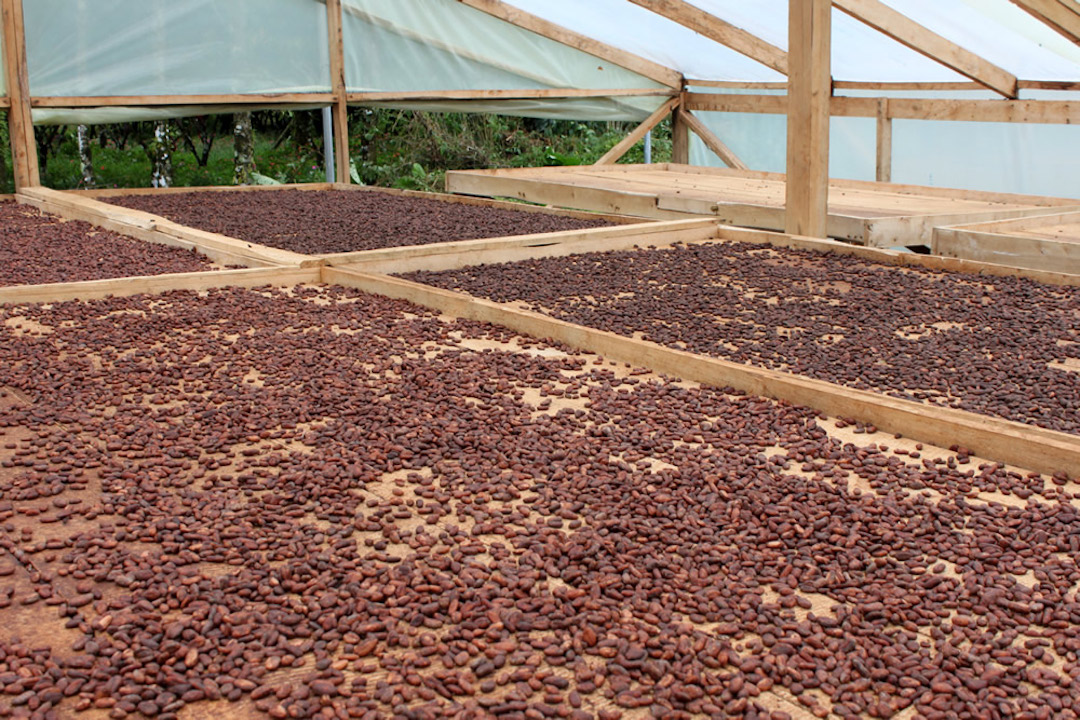
Drying: After fermentation, cacao is dried to reduce moisture levels. The beans are placed in the sun on wooden beds and turned with wooden shovels to make sure they dry evenly. Industrial drying uses mechanical dryers that function like giant flat irons, blowing dry and hot air.
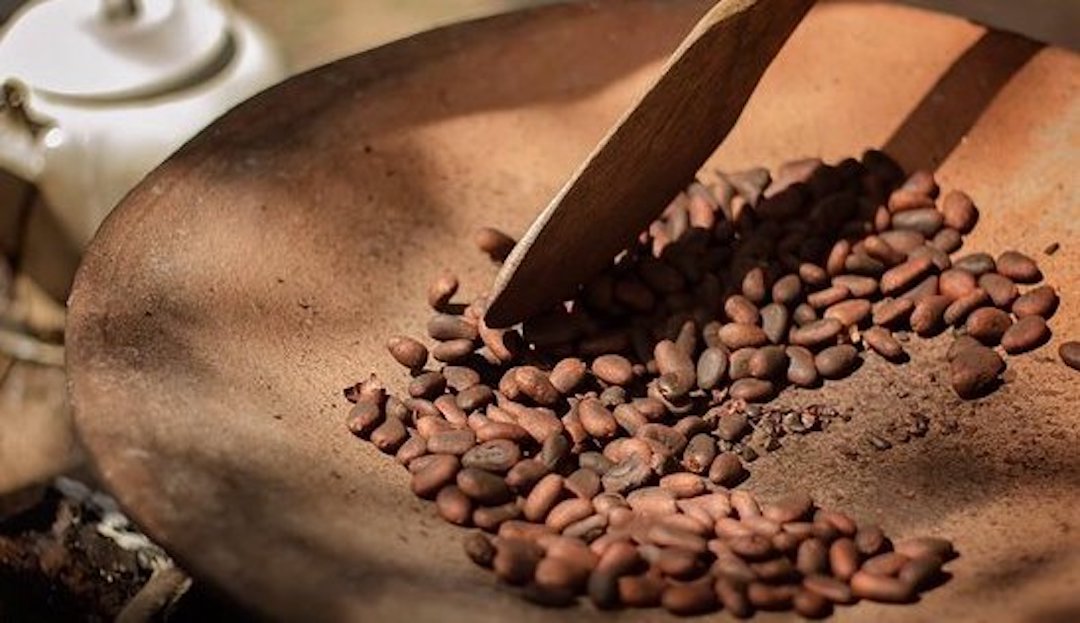
Roasting: Roasting intensifies cacao beans’ flavors and colors. Temperature depends on the desired outcome, generally not exceeding 248°F, with roasting times varying from 20 to 50 minutes.
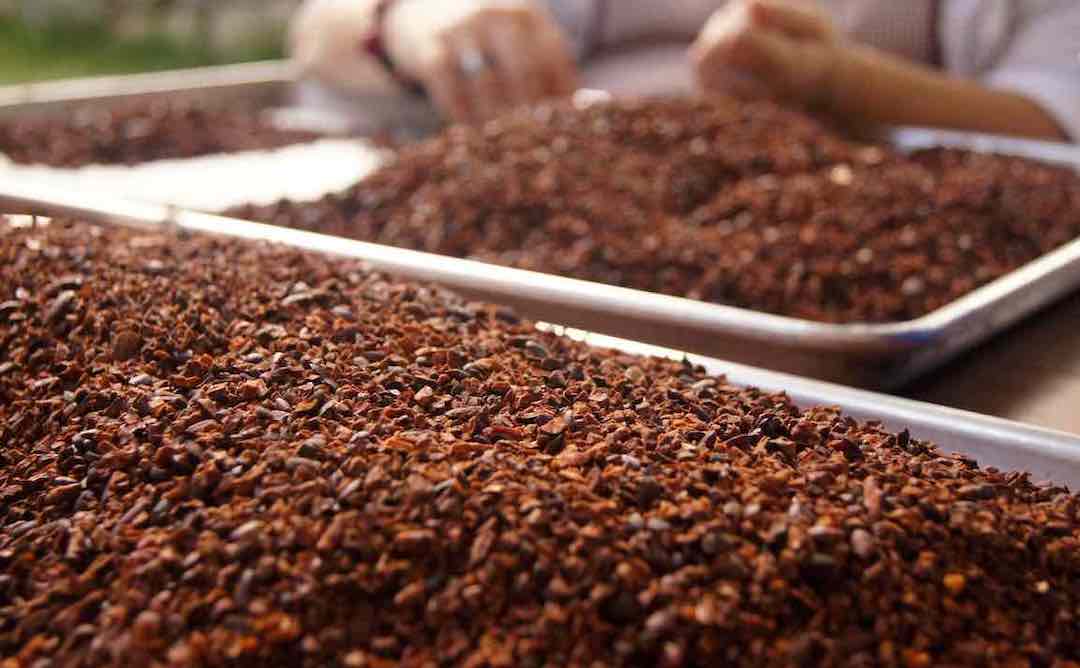
Shelling: This process removes the shell from the beans, leaving behind the pure seed.
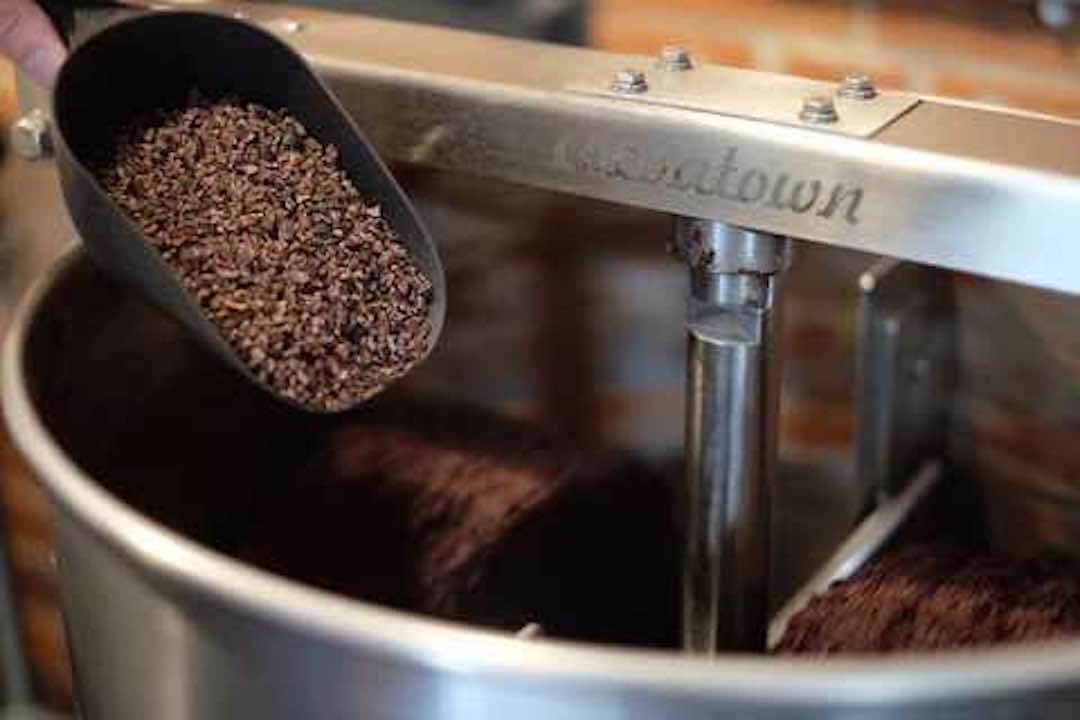
Grinding: Cacao is ground to make a paste, which is easy to achieve because of the beans' natural fat. In the industrial process, pressing extracts the cacao butter, leaving a solid and dry mass known as cacao paste. The powder we know as cocoa is this solid mass, in other words, pure cacao.
After obtaining pure chocolate, mix it with sugar, powdered milk, or flavorings to create the desired chocolate. As long as chocolate is kept in a dry place, it will have the ideal conditions for its consumption.
Did you know that white chocolate is pure cacao butter with sugar, milk, or flavorings added?
However, many people dispute its classification as chocolate since it is not a pure color or flavor.
Now that you have a deeper insight into the chocolate-making process, let's look at this delightful product's creators.
The Art of the Chocolatier
While many people may traditionally practice with chocolate, it takes extensive study of chocolate to master techniques involving its handling. A master chocolatier knows how to heat and stir chocolate, turn it from liquid to solid, and pour it into molds. A master chocolatier must possess creativity, passion, and dedication to arrive at a final piece. We refer to their work as a masterpiece because of these factors, their practice and extensive knowledge.
Barry Callebaut is a top chocolate producer with over 20 academies worldwide. His Chocolate Academy Mexico opened in 2012 and is one of the best schools in the country, offering learning opportunities lead by experts.
Mexico features several renowned chocolate and pastry schools, known for their chefs with extensive experience and recognition in the industry such as:
- Corbuse Gastronomic Institute
- Mexican School of Gastronomy
- Mexican Academy of Culinary Arts
- Ambrosia Culinary Center
Mexican Chocolatiers
Over the past decade, a skilled team of chocolatiers has been promoting the consumption of high-quality chocolate produced domestically.
Here are three Mexican master chocolatiers who have stood out for their work, research, and new proposals in the world of chocolate.
Jose Ramón Castillo
He is among the leading divs in cacao globally with many recognitions such as:
- The Le Guide de Croqueurs de Chocolat international guide as one of the best chocolatiers worldwide since 2012.
- The Cergy Pontoise University in Paris gave him the title of Master Chocolatier of the Americas.
- The Ministry of Agriculture in Mexico named him the Maximum Exponent of Mexican Cacao.
- He won gold, silver, and bronze medals at the 2018 International Chocolate Awards.
Chef José Ramón changed how we eat chocolate with his boutique shop Que Bo in Mexico City. He combines European techniques with Mexican flavors creating chocolates filled with exotic blends you'd never imagine would pair well with chocolate.
In his ganache fillings, you'll find flavors inspired by memories from his childhood like:
- Pulparindo
- Café de olla
- Mole
- Mango with chili
- Passion fruit
- Banana gum
The cacao he employs in his artworks is 100% Mexican and primarily sourced from small producers in Tabasco.
Luis Robledo
Known as the king of Mexican chocolate, Chef Luis Robledo has many recognitions too:
- Twice "One of the Top Ten Chocolatiers in North America"
- "Latin America's Best Pastry Chef" at the "Latin America's 50 Best Restaurants” ceremony."
- Leader of Barry Callebaut’s Chocolate Academy in Mexico for four years.
- I have participated in numerous international competitions as a competitor, judge, and organizer.
After acquiring his training from the best chocolatiers in Paris and New York, Chef Luis Robledo returned to Mexico to open Tout Chocolat, a high-end chocolatier, where he displays precision and talent in the creation of cakes, marshmallows, bars and macarons using the best pastry techniques.
The best bakery techniques are employed in his processes, where he imbues chocolate with special flavors like tonka bean, mezcal, toasted coriander, and pine nuts.
He has four stores in Mexico City. His famous store in Condesa is now a small restaurant that serves a tasting menu of dishes made with cocoa and a bar with drinks made from cacao.
Mauricio Montiel
Better known as Mao Montiel, he is a contemporary chocolatier who draws inspiration from design, art, and architecture to apply it to chocolate.
- Some of his main recognitions are: “The Best Sweet Experience” in Mexico by the Gourmet Awards of Travel+Leisure.
- He has spoken at gastronomic festivals.
- Teacher at the Ambrosía Culinary Center and Espai Sucre.
Mao Montiel is the founder of Dolcenero in Mexico City, a design chocolate shop inspired by Salvador Dalí and Joan Miró, centered around their obsession with the shape of the egg.
He showcases his delicate creations with flavors inspired by his emotions, many of them linked to:
- Depression
- Fear
- Nightmares
- Surrealism
- Delirium
- Nyctophobia
This avant-garde chocolatier promotes the consumption of Mexican chocolate, since 100% of the cacao used comes from the state of Tabasco.
Mao Montiel is also in charge of "La Chocolatería" at the boutique hotel La Casa de la Playa. This place is open 24/7 and guests from all over the world may enjoy chocolates, bonbons, bars, ice cream, and more.
Its concept is an interesting proposal with new perspectives in Mexico’s chocolate world. These are three of the many more Mexican chefs that have fallen in love with chocolate. A vast community of chocolatiers is doing a great job innovating and joining efforts to promote Mexican chocolate, assuring the commercialization of high-quality products.
I hope that the next time you enjoy any chocolate, you keep in mind the artisanal work behind each little chocolate piece.
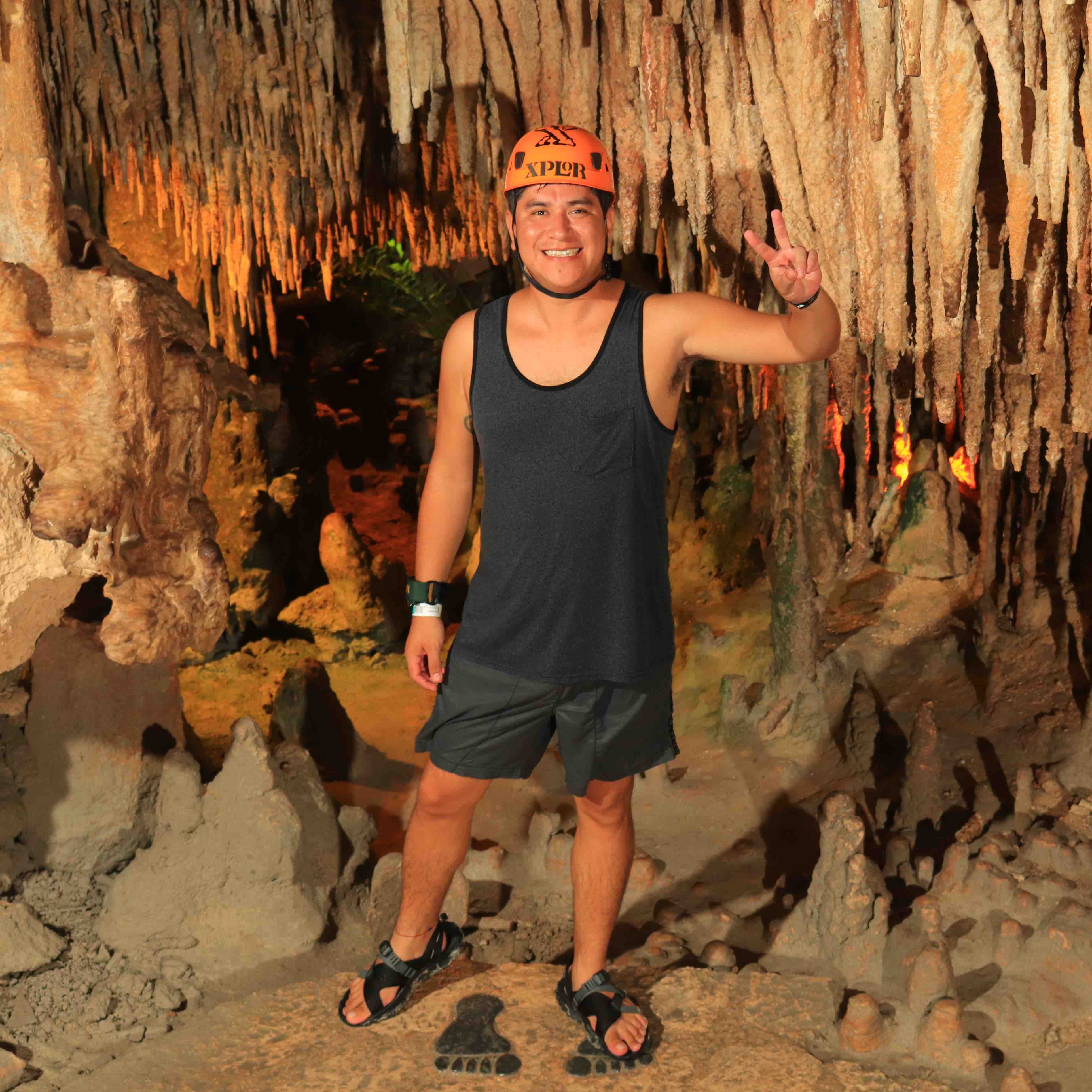
Cazador de puntos instagrameables, me gusta explorar nuevos lugares de comida y recomendarlos con mi...

Posts Relacionados
Grupo Xcaret
Hotels



